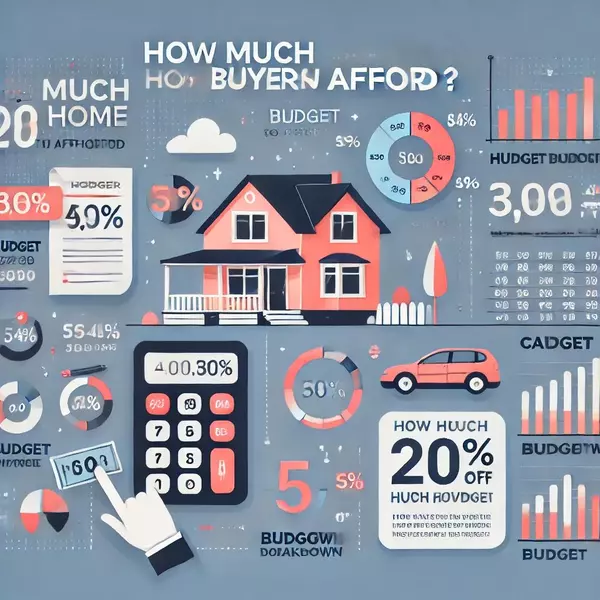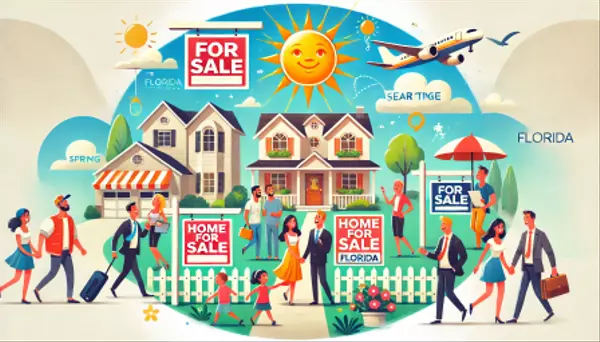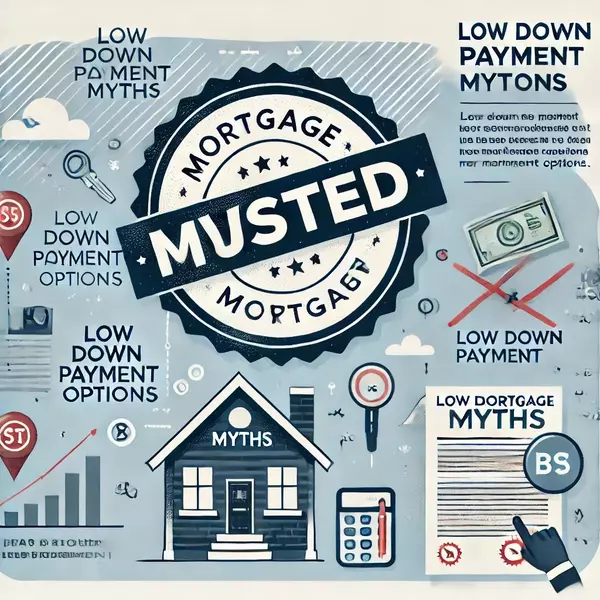
How Much Home Can You REALLY Afford? Find Out Now!
How to Determine Your Home Buying Budget Think you can’t afford a home? You might be surprised! Here’s how to find out what price range fits your budget. Key Factors That Determine Your Home Budget Income & Debt: Lenders use your debt-to-income ratio to assess affordability. Down Payment: With

Down Payment Assistance
Navigating the journey to homeownership can be daunting, especially when considering the financial hurdles that come with it. For many prospective buyers, the down payment is one of the most significant obstacles. Fortunately, various down payment assistance (DPA) programs are available to help ease

Understanding Florida's Real Estate Market: Is Spring the Best Time to Buy or Sell?
Is Spring the Best Time to Buy a Home in Florida? Springtime is traditionally a bustling period in Florida’s real estate market. Homebuyers and sellers alike often wonder if this season offers unique advantages for real estate transactions. Let's explore current market trends, beneficial strategies
Categories
Recent Posts










